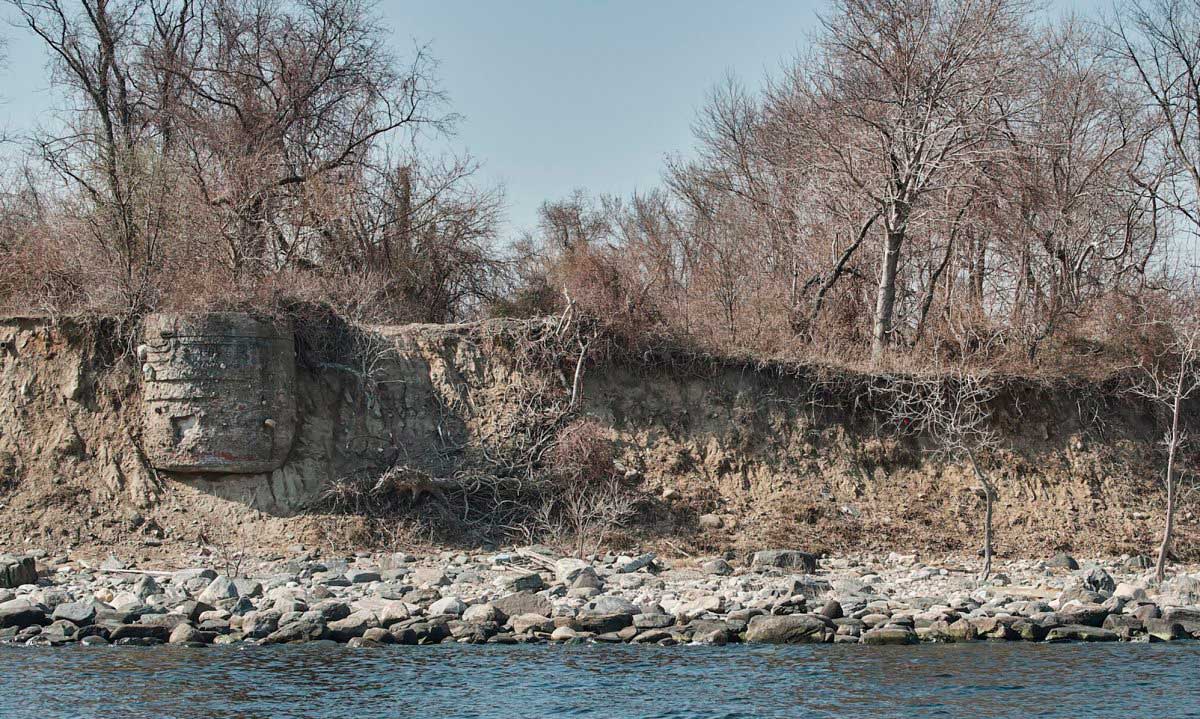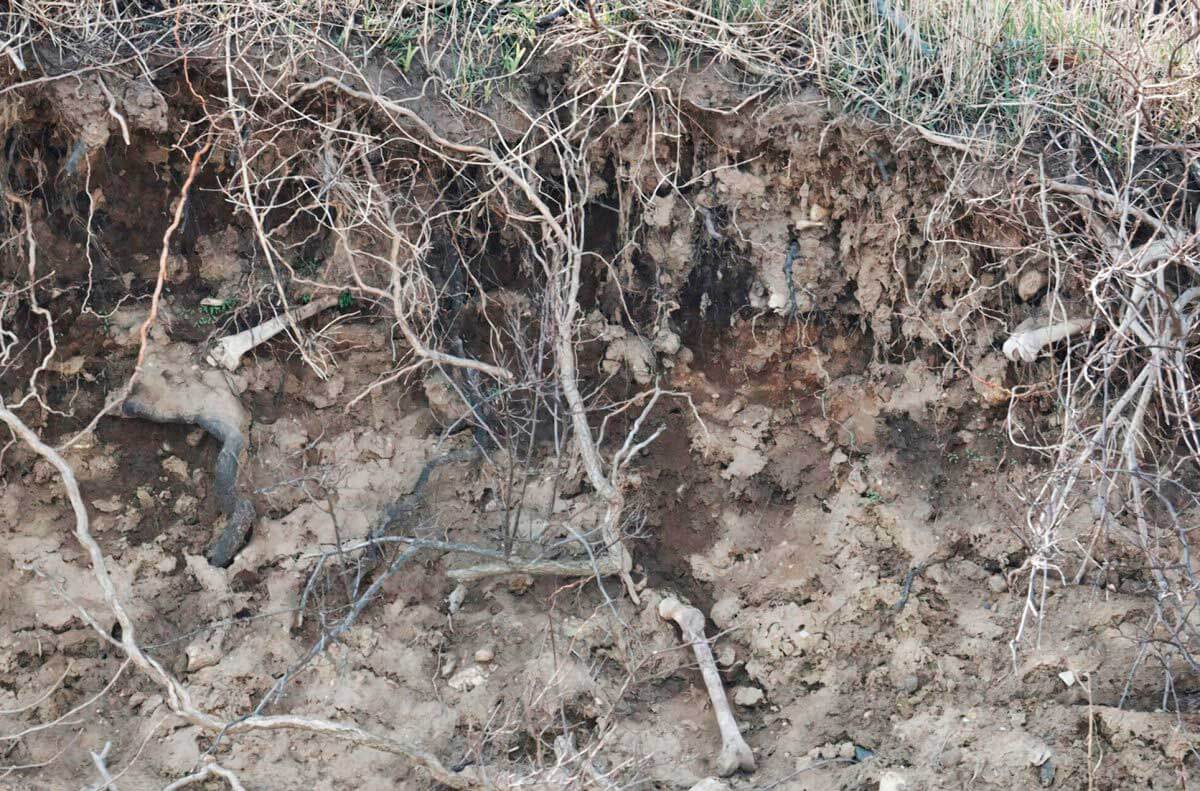A push to improve conditions on Hart Island, home to the city’s Potter’s Field, went into fourth gear after human remains were discovered on its off-limits beach.
The Hart Island Project, an advocacy group calling for more access to the gravesites on the island, said it has photographic evidence taken from water craft and from the air that confirms there are human bone fragments scattered on Hart Island’s northern beach.
The news comes as a campaign to get the island onto National Registry of Historic Places gains support, as the state appears to have green-lighted the designation in an October 2017 documentary study and archaeological assessment, said multiple sources.
HIP has been working with the City Island Historical Society on getting the island listed in the registry, said Barbara Dolensek, CIHS vice president.
Hart Island is rich in historical significance dating back to the Civil War, when it was a training location for Union troops and the site of a jail for prisoners of war, according to multiple sources with knowledge of the island’s history.
This month also marks the 150th anniversary of New York City’s purchase of the island, according to HIP and CIHS sources.
Melinda Hunt HIP trustee, said that according to information in possession of the organization and in media reports, 174 bones from buried indigent individuals were found exposed on an embankment on Monday, April 23 on Hart Island, located just off City Island in Long Island Sound.
The NYC Department of Correction, which manages the island because Riker’s inmates are used to bury bodies there currently, confirmed that ‘exposure’ had taken place on the northern part of Hart Island.
A DOC spokesman stated that the agency knows that the island is subject to erosion, which is a natural process.
“The department takes the risk of exposure very seriously,” stated a DOC spokesman in an e-mail. “DOC and OCME (NYC Office of Chief Medical Examiner) recently visited the island to assess any remains in need of reburial, and we are doing everything we can to limit future exposures and expedite the firming up of the shoreline.”
DOC has also hired an archeologist who, along with a DOC representative, will visit the Hart Island shoreline at least once a month to remove and rebury any exposed remains as necessary, stated the spokesman.
Both the DOC spokesman and Hunt said the agency has expedited a $13.2 million Federal Emergency Management Agency project approved after Hurricane Sandy that would shore-up parts of the island, moving up the projected start date from 2019 from 2020.
That project is currently in a procurement phase, an agency rep stated.
Hunt said that the bones found are further evidence that the management of the island should be moved to the NYC Parks Department, a long-time a goal of her organization.
She said that a pediatrician who was out on in his boat noticed the remains, and that on another date the HIP confirmed this visual by boat and photographed some of the bones with a long-range camera lens.
HIP also had a drone flyover and photograph the location on Sunday, April 29, and former military personnel who fly the drone and usually photograph disaster areas such as hurricanes said they couldn’t believe that the location with the exposed bones was actually in New York City, according to Hunt.
“There have been skeletal remains falling onto the beach for 33 years,” said Hunt. “I have a sanitation report from 1985 saying it was a common occurrence.”
A spokesman for Councilman Mark Gjonaj, indicated in a statement that the councilman is monitoring the situation.
“The most immediate concern regarding Hart Island is the need to address the issue of human remains washing up ashore in neighboring communities,” said the Gjonaj spokesman. “Long term, Councilman Gjonaj will continue to engage with local residents, leaders and impacted stakeholders on the question of designating the island an historic site.”
Dolensek said that in a conversation with Gjonaj at a recent Viacommunity Day volunteer event, the councilman indicated he might be amenable to supporting a historic registry designation for the island, which needs to be approved by the city council.
Among the historical artifacts on the island that would be targeted for preservation are a Civil War-era cistern, a water storage tank, that still remains intact, said Dolensek, who added that she is gratified that the preservation effort has reached this point.
The DOC spokesman stated that it has managed Hart Island for over 100 years, in accordance with the NYC City Charter, and that DOC “considers this a solemn responsibility and will continue to do so as long as the city mandates it.”






















